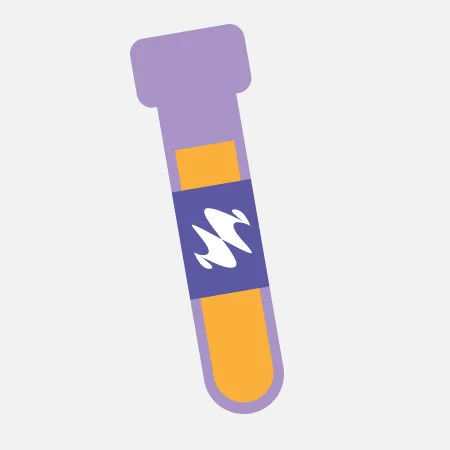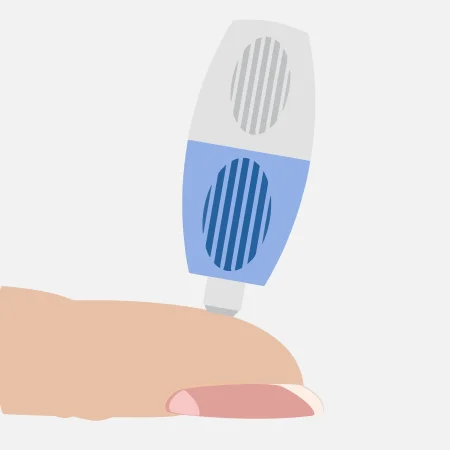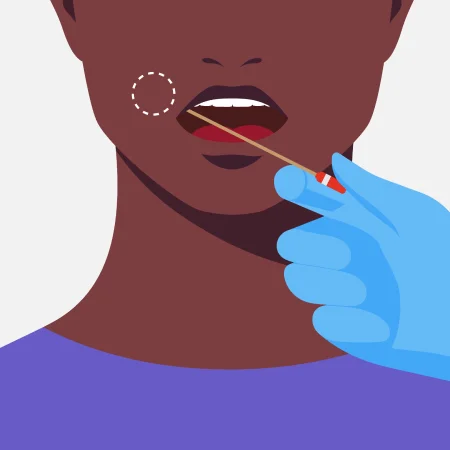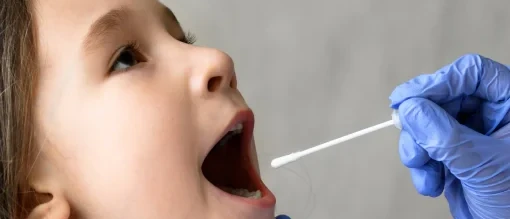- Drug and Alcohol
Court approved hair, nail, blood drug and alcohol testing - Maternity and Paternity
Ministry of Justice approved legal DNA testing - Wider Relationships
Understanding second and third degree familial connections - Immigration
Home Office approved testing for visas and passports - Expert Services
Court standard expert witness reporting - International DNA Collection
Home Office approved DNA collection from overseas
Introduction to Codeine
Codeine is an opioid medication commonly prescribed for pain relief, cough suppression, and as part of combination medications for conditions like cold or flu. It is often used in prescription cough syrups and painkillers. Although effective for its legitimate medical purposes, codeine can be abused and is detectable in drug tests as it is metabolised into morphine in the body.
Codeine Street Names
- Codeine
- Cough Syrup (often associated with “lean” when mixed with soda)
- Purple Drank (when mixed with soda)
- Lean
- Sizzurp
- Schoolboy
Codeine's Chemical Structure
Codeine is an opioid with the chemical formula C18H21NO3. It is structurally similar to morphine, another opioid, and is metabolised in the liver into morphine. The chemical structure of codeine allows it to act on opioid receptors in the brain to relieve pain and suppress coughing. However, its addictive properties and potential for abuse make it a controlled substance.

How To Test For Codeine
Here are the most common tests used to detect codeine and its metabolites, including morphine:
01
Hair
Long Detection Window (Months)

Hair tests can detect codeine use for several months, depending on the length of the hair sample. This method is used to detect long-term use or exposure.
Explore Hair Drug Test02
Fingernail
Long Detection Window (Months)

Fingernail tests can also detect codeine use for up to several months, making it suitable for monitoring long-term drug use or potential abuse.
Explore Fingernail Drug Test03
Urine
Medium Detection Window (Days)

Urine tests are the most commonly used to detect codeine and morphine. Codeine can generally be detected in urine for up to 1 to 3 days after use, though it may last longer with heavy or prolonged use.
Explore Urine Drug Test04
Blood
Short Detection Window (Hours to Days)

Blood tests for codeine are less common but can detect the drug for up to 1 to 2 days after consumption. This test is typically used for more immediate or recent drug use detection.
Explore Blood Drug Test05
Saliva
Short Detection Window (Hours to Days)

Saliva tests for codeine can typically detect the drug for up to 1 day. This method is often used in roadside testing and can provide a quick snapshot of recent drug use.
Explore Saliva Drug TestLegitimate Use Cases for Codeine
Codeine is used to treat mild to moderate pain and as an anti-cough agent. It is often prescribed for:
- Pain Relief: Codeine is used to treat pain that is not relieved by over-the-counter medications, such as headaches, back pain, and other types of acute pain.
- Cough Suppression: Codeine is a key ingredient in some cough syrups that are prescribed for treating a persistent cough.
- Combination Medications: Codeine is often included in combination medications, such as with acetaminophen (Tylenol) or aspirin, to enhance pain relief.
Will Codeine Show Up on a Drug Test?
Yes, codeine can show up on various drug tests, particularly if the test is specifically designed to detect opioids. In the body, codeine is metabolised into morphine, and both substances can be detected in the hair, nails, urine, blood, or hair for varying amounts of time after use.
Get a QuoteHow Long Does Codeine Stay in Your System?
The duration that codeine stays in the body depends on several factors, including dosage, frequency of use, and individual metabolic differences. On average, codeine can be detected in the following ways:
- Urine Test: 1 to 3 days
- Blood Test: 1 to 2 days
- Hair Test: several months
- Saliva Test: Up to 24 hours
- Fingernail and Toenail test: Detectable for several months
Chronic or heavy use may result in codeine being detectable for longer periods.
Get a Quote
Factors Influencing Codeine’s Presence in Your Body
Several factors can influence how long codeine stays in your system:
- Frequency of Use: Frequent or heavy use can cause codeine to remain detectable for a longer period.
- Metabolism: Individuals with faster metabolisms will process and eliminate codeine more quickly than those with slower metabolisms.
- Body Composition: Those with higher body fat percentages may retain codeine in their system for a longer time, as the drug is fat-soluble.
Hydration: Staying well-hydrated can help speed up the excretion process and reduce the length of time codeine remains detectable.
Codeine Use in Legal Scenarios
In legal contexts, codeine use can be tested for in situations where there is suspicion of drug impairment or abuse. For example, codeine may be tested for in:
- Workplace drug testing (particularly for jobs where safety is a concern)
- Probation monitoring or court-mandated drug tests for individuals with a history of substance abuse
- Post-accident testing in case of impaired driving or safety violations
It is important to note that while codeine is legally prescribed, its use can still be considered illegal if it is taken outside of prescribed guidelines or abused.
False Positives and Interpretation of Codeine Results
False positives for codeine can occur due to cross-reactivity with other substances. Medications containing similar structures, such as certain cold medications, antihistamines, or even morphine (which is a metabolite of codeine), can sometimes trigger a false positive in urine tests. If a false positive is suspected, confirmatory testing (e.g., Gas Chromatography-Mass Spectrometry, or GC-MS) is typically performed to ensure accurate results.

Popular Culture and Codeine
In popular culture, codeine has often been associated with recreational use, particularly in the form of "lean" or "purple drank," a combination of codeine-based cough syrup and soda. This concoction is sometimes glamorised in music, especially in certain hip-hop and rap communities, despite its dangerous potential for abuse and addiction.
Get a Quote

Notable Forensic Cases Involving Codeine
Codeine and its metabolites, particularly morphine, have appeared in numerous forensic cases, often in relation to overdose deaths or impaired driving incidents. Forensic testing can help confirm the presence of codeine in these cases, and it may be used to determine whether an individual was under the influence of the drug at the time of an accident or crime.
Risk of Contamination
Codeine can be found in hair and nails as a result of external contamination and ingestion. Hair exposure to surroundings with codeine, such as nearness to drug users or dirty surfaces, can result in contamination. Codeine can be detected via standard hair tests, but sophisticated cleaning and washing techniques are necessary to differentiate between actual drug use and external exposure. To guarantee accurate and equitable outcomes, this is especially crucial in legal and professional environments.
Codeine is a controlled substance, and illicit versions of codeine may be contaminated with other substances or adulterants. This can complicate drug testing results, especially if the sample is not handled properly. Proper collection, storage, and analysis of samples are essential to avoid contamination and ensure reliable test results.
Get a Quote

